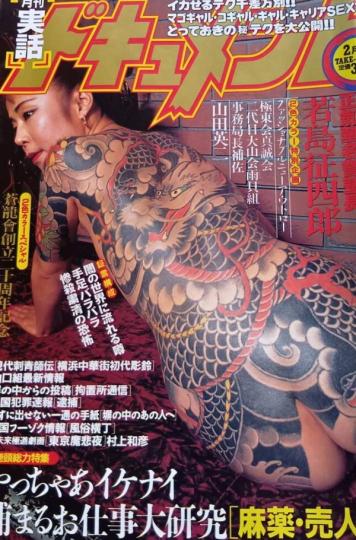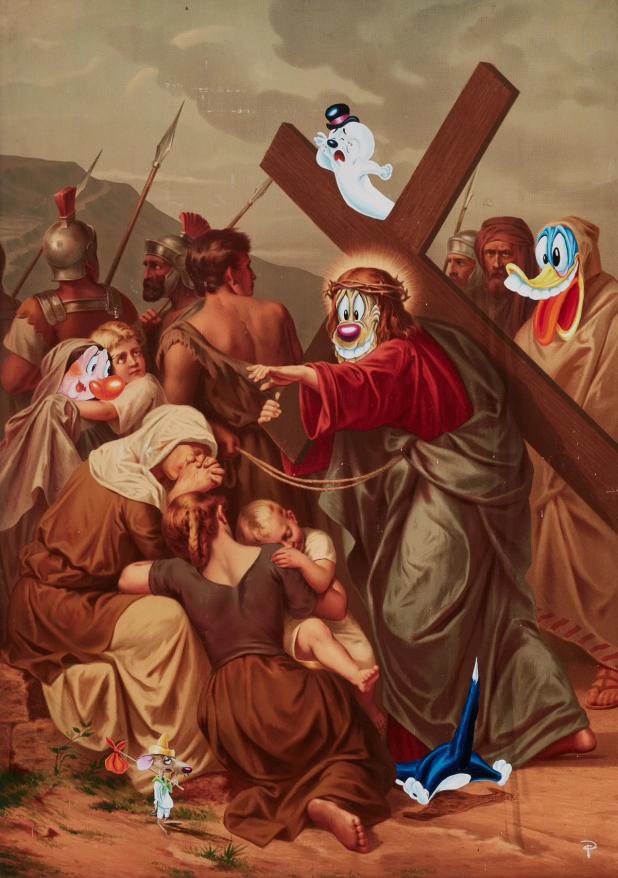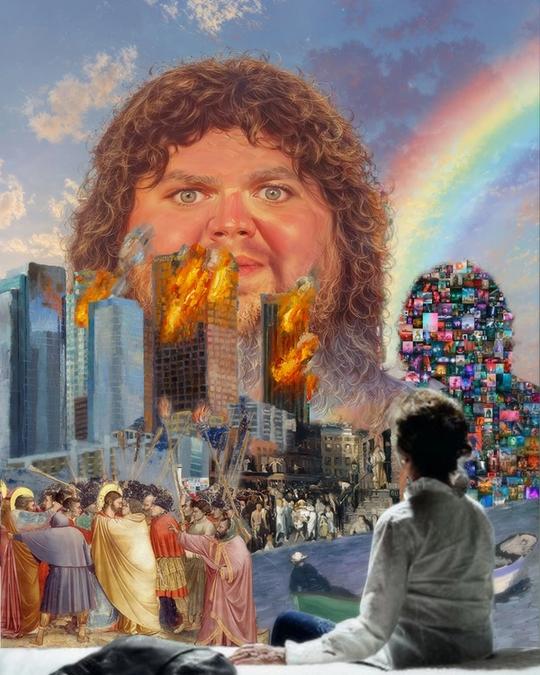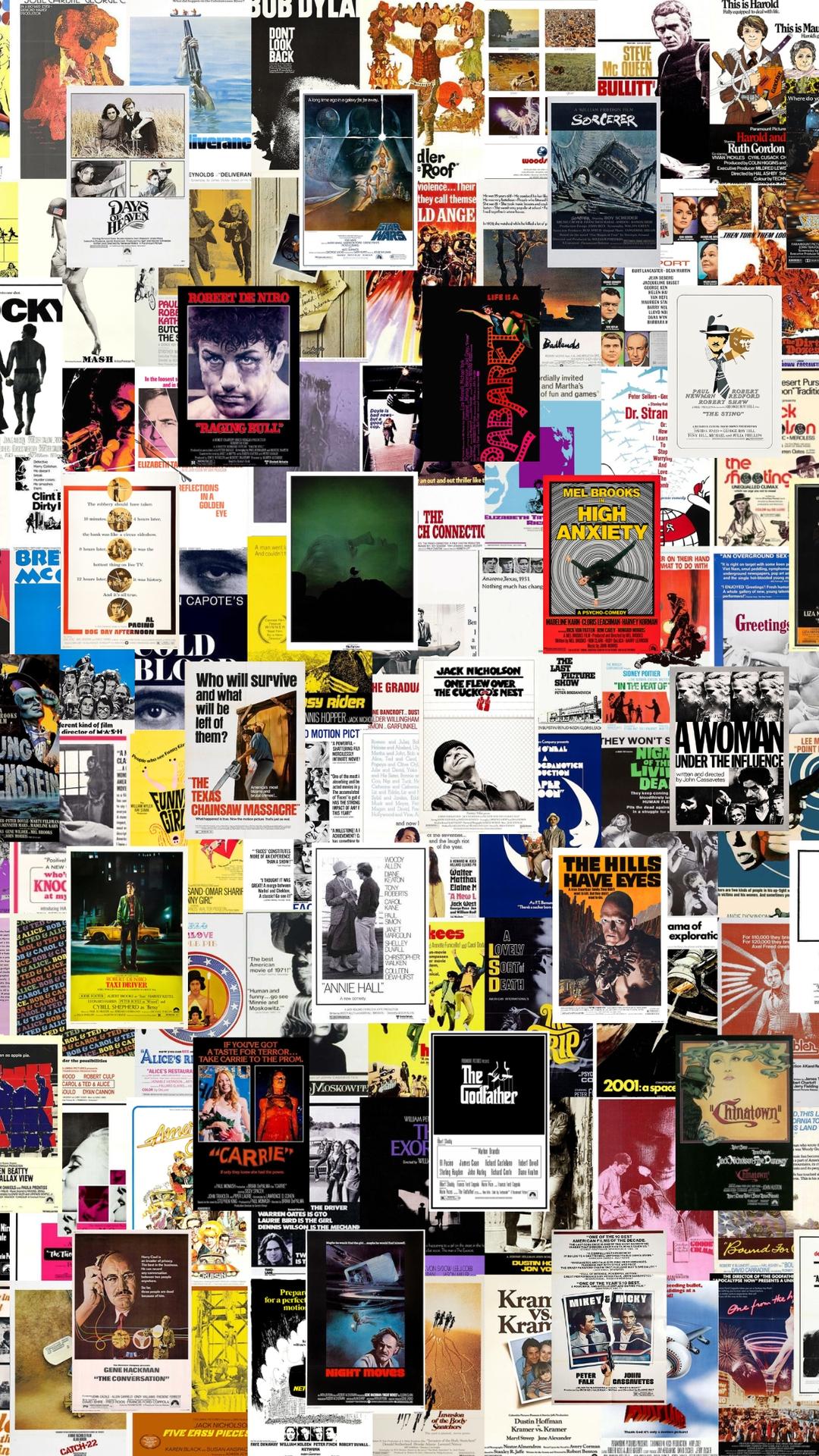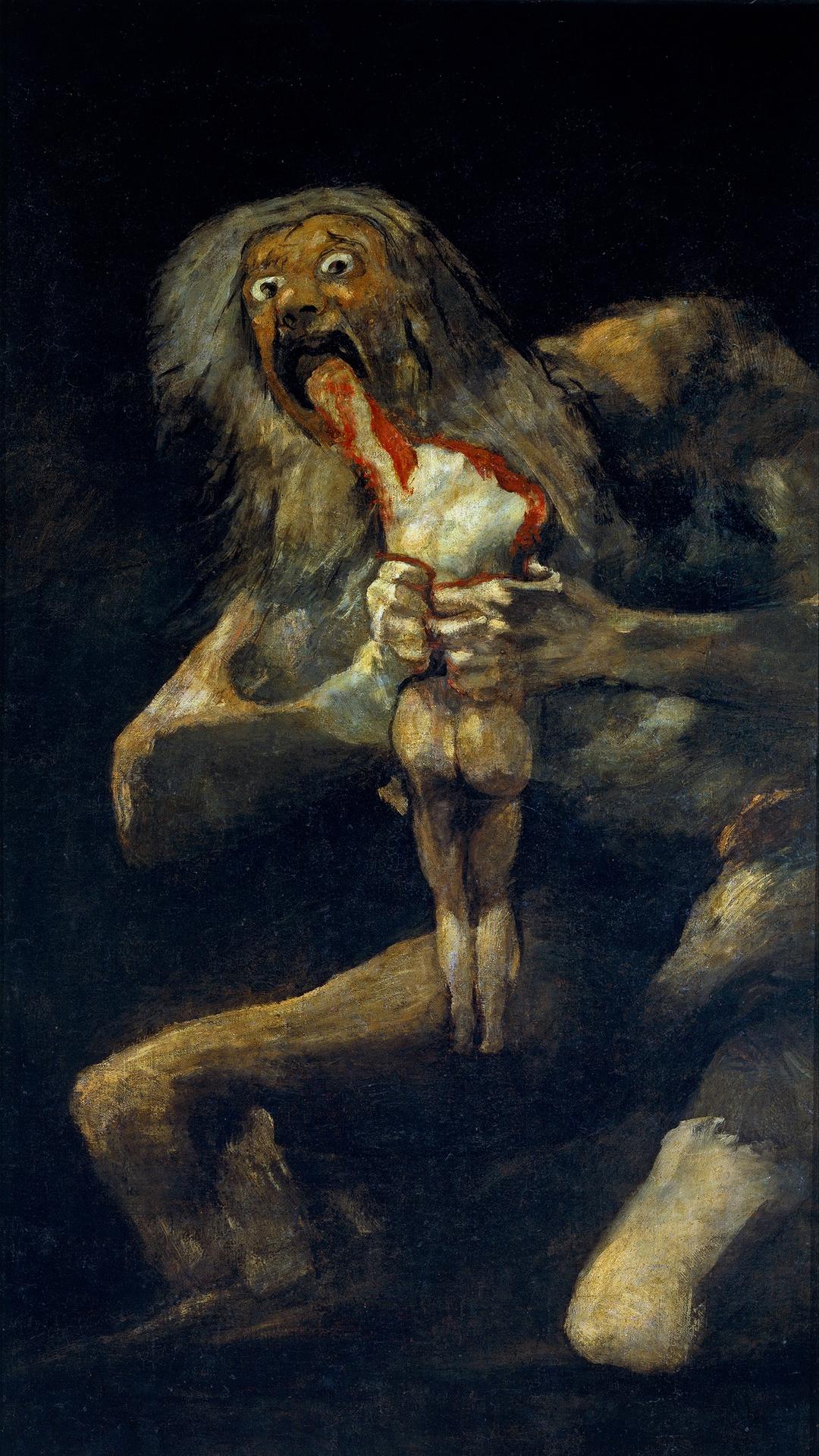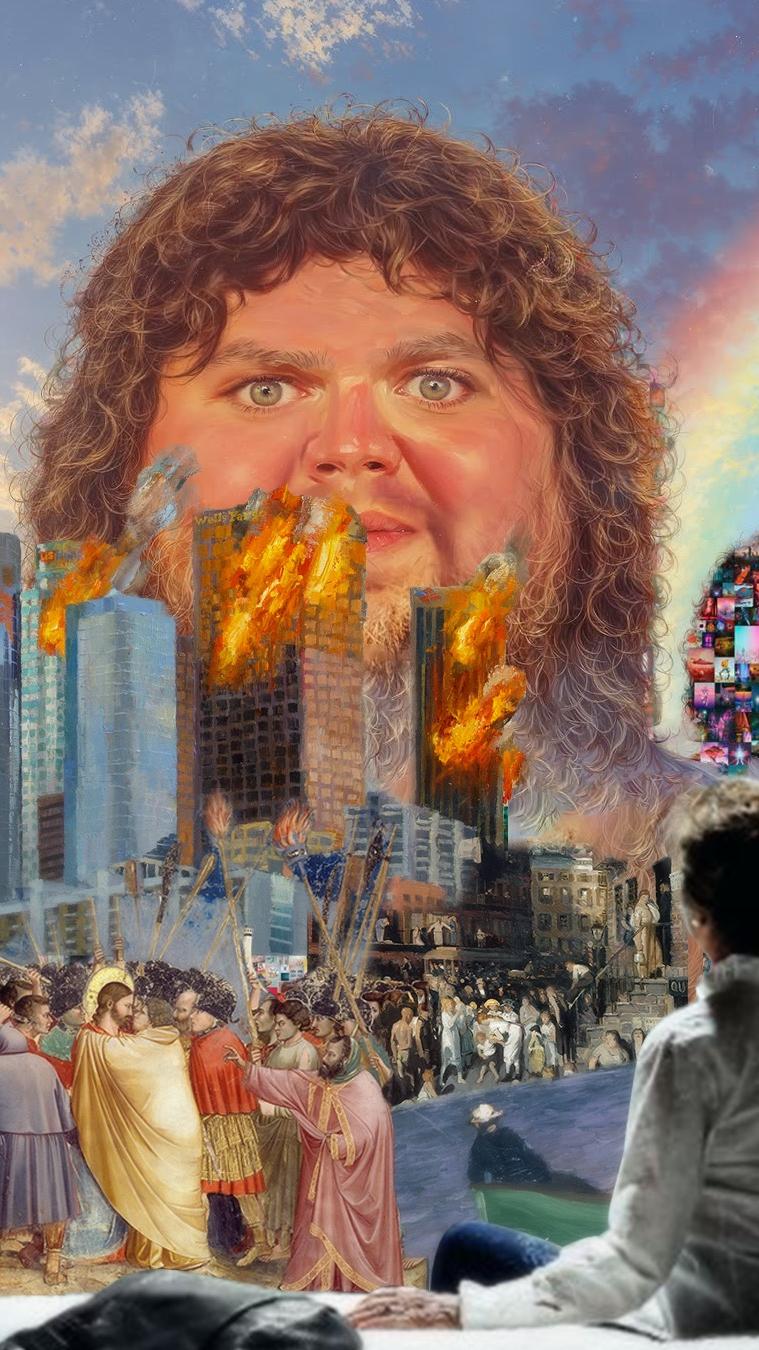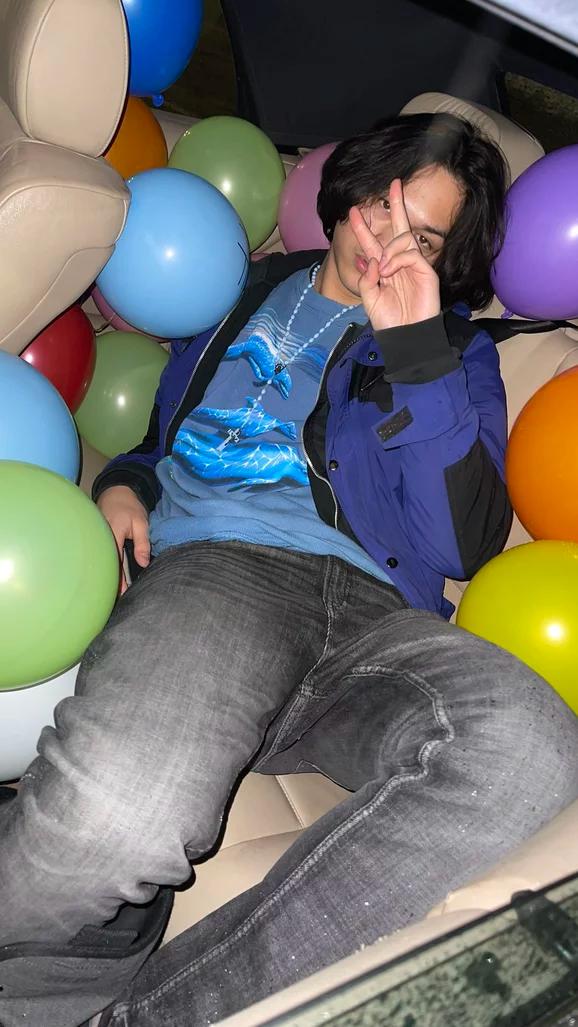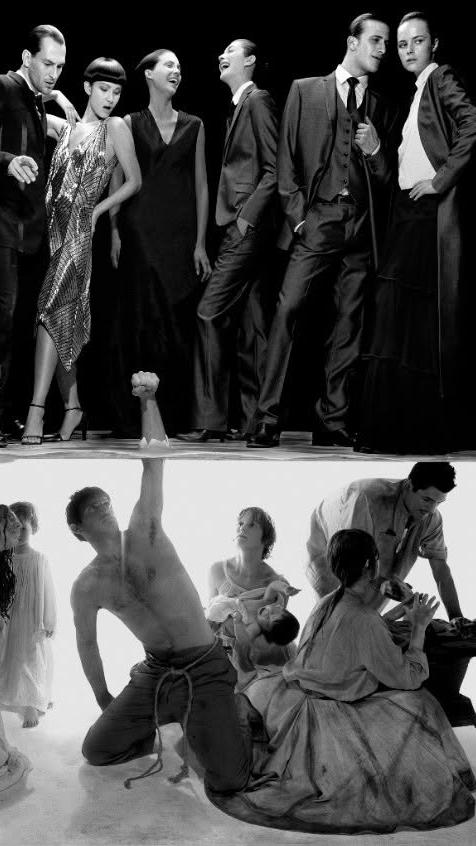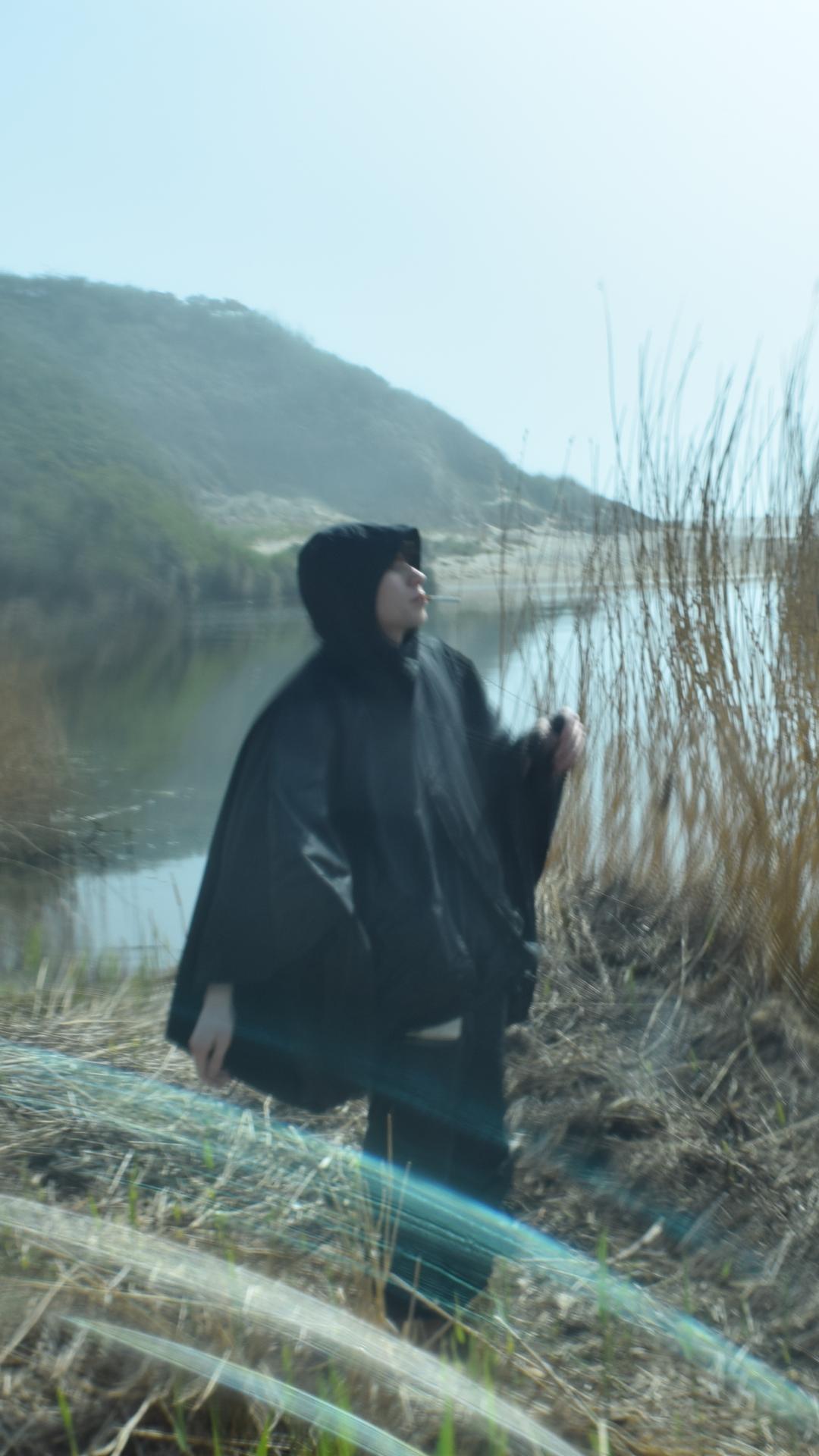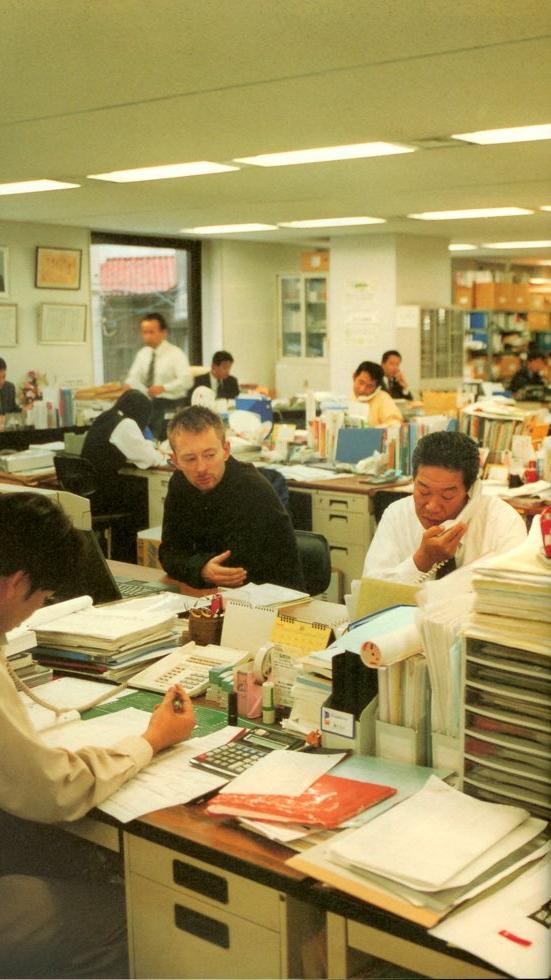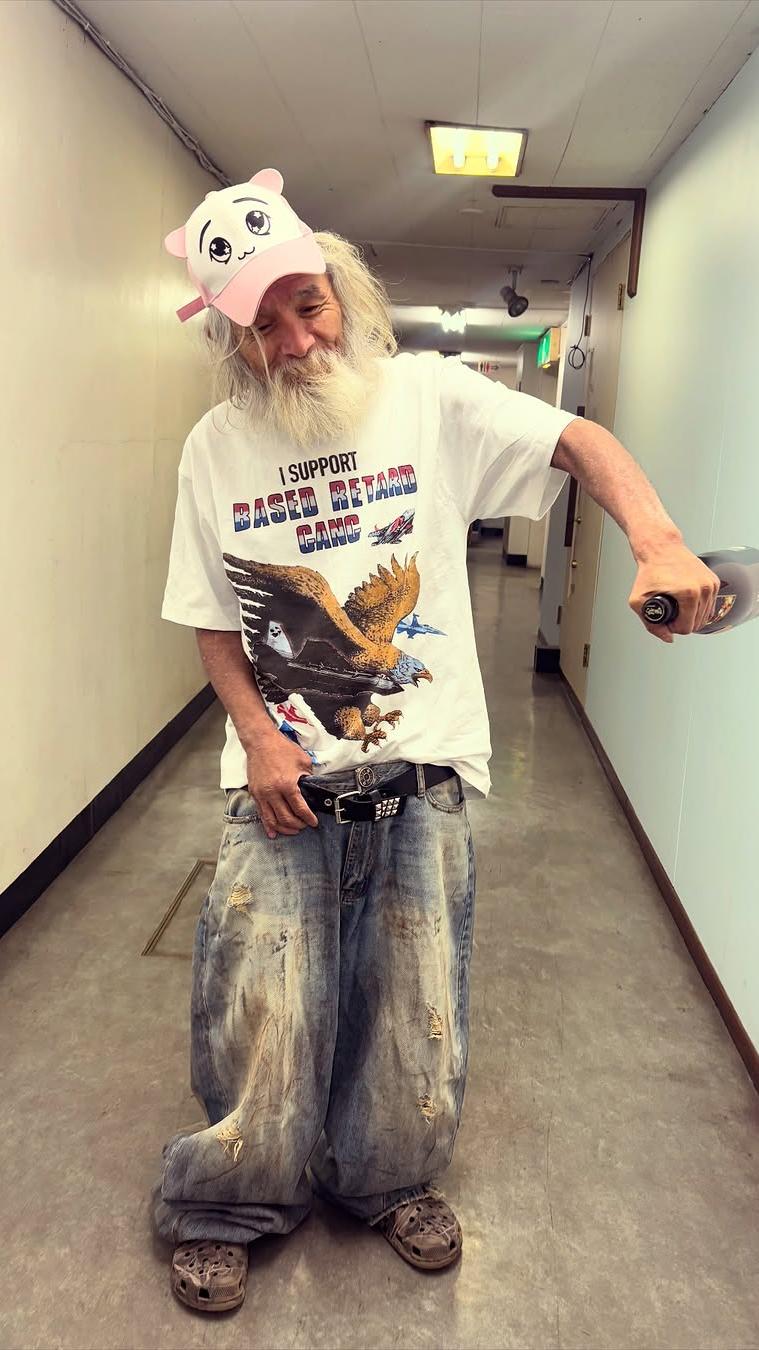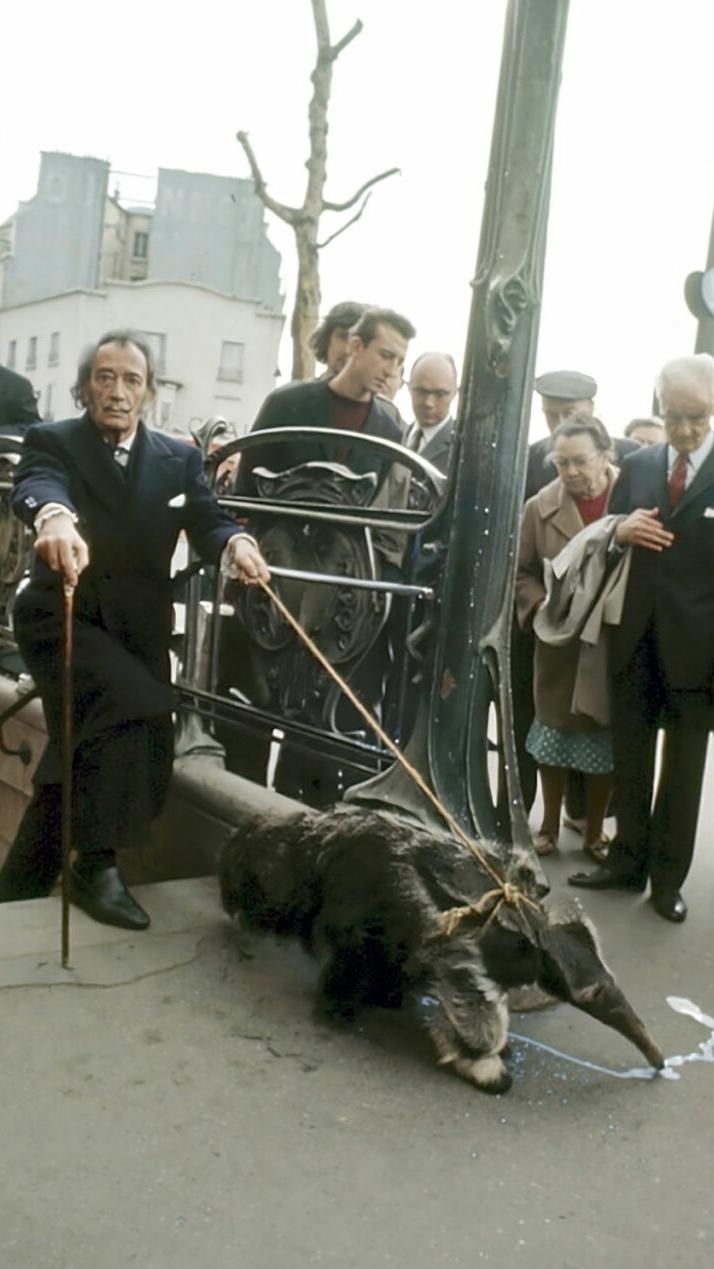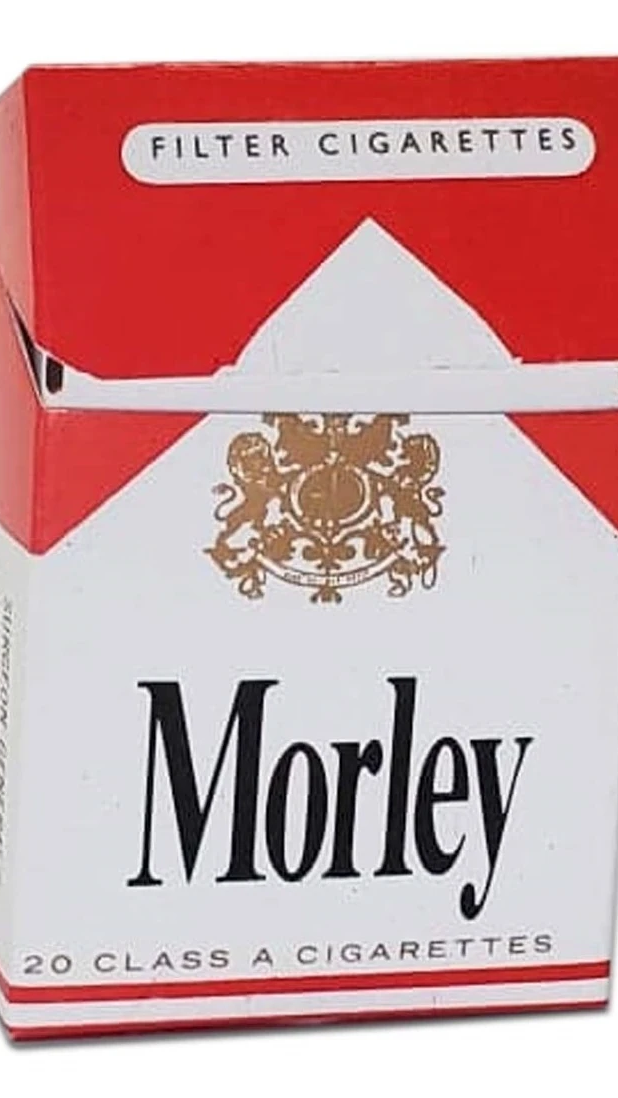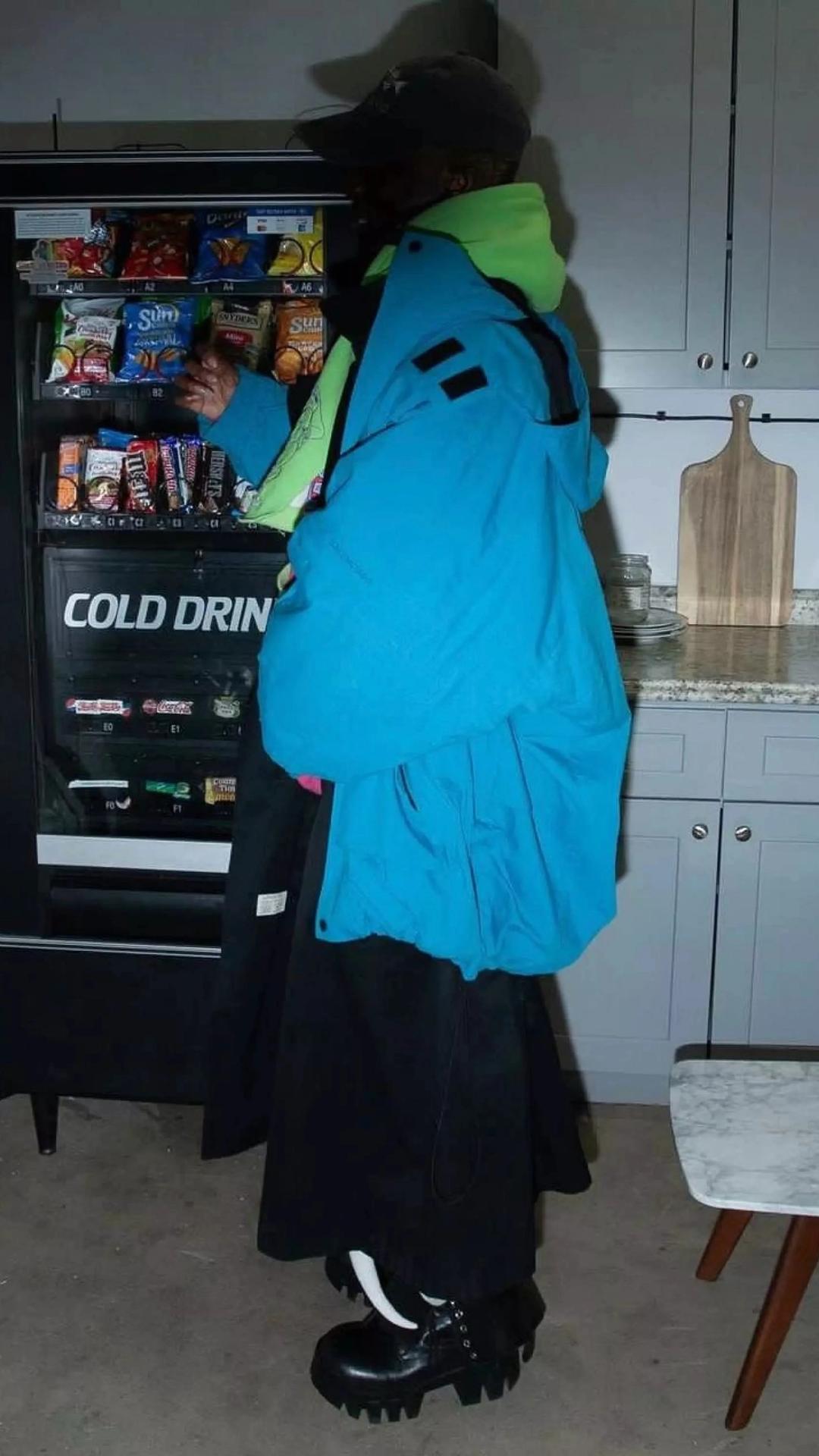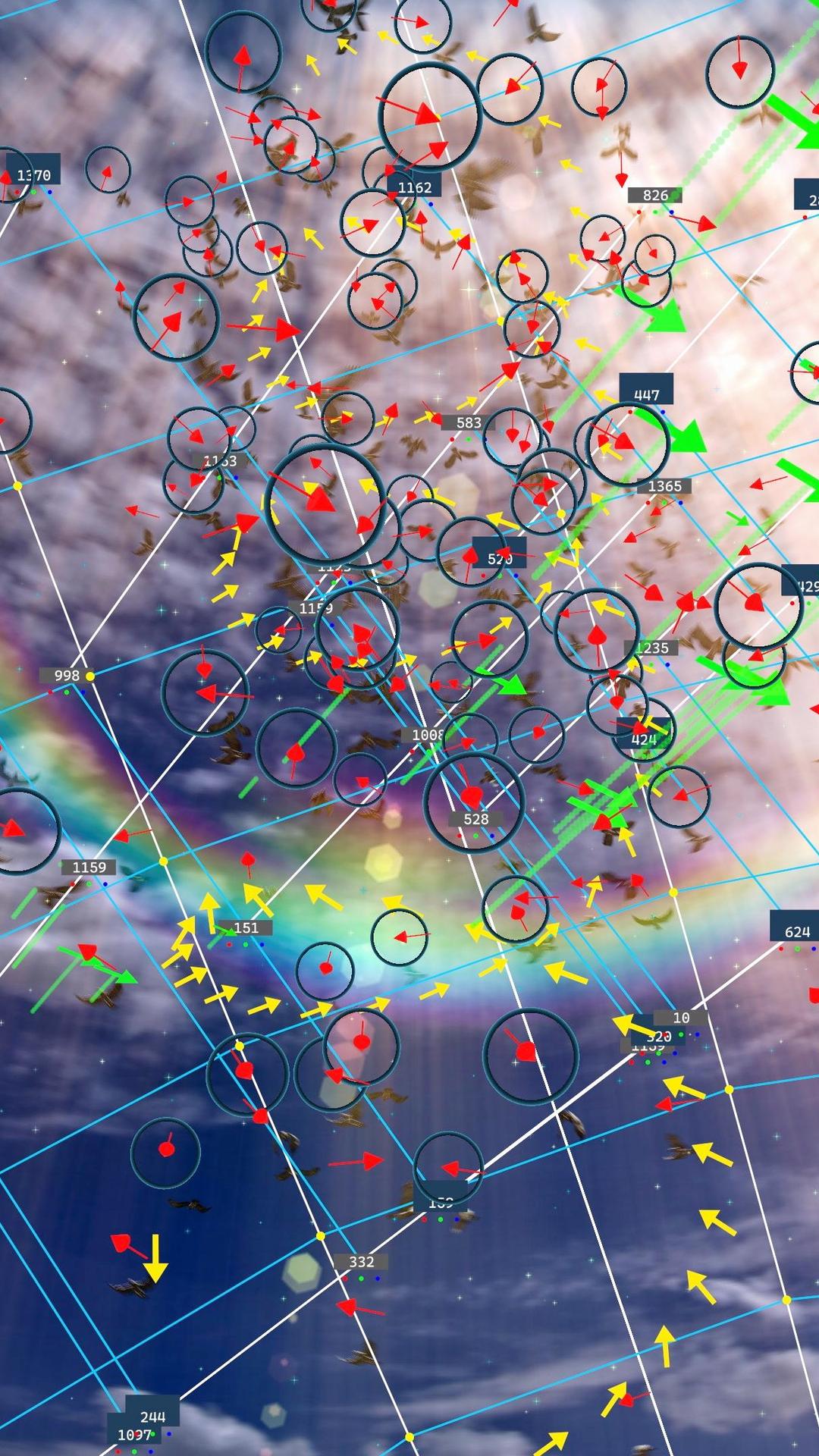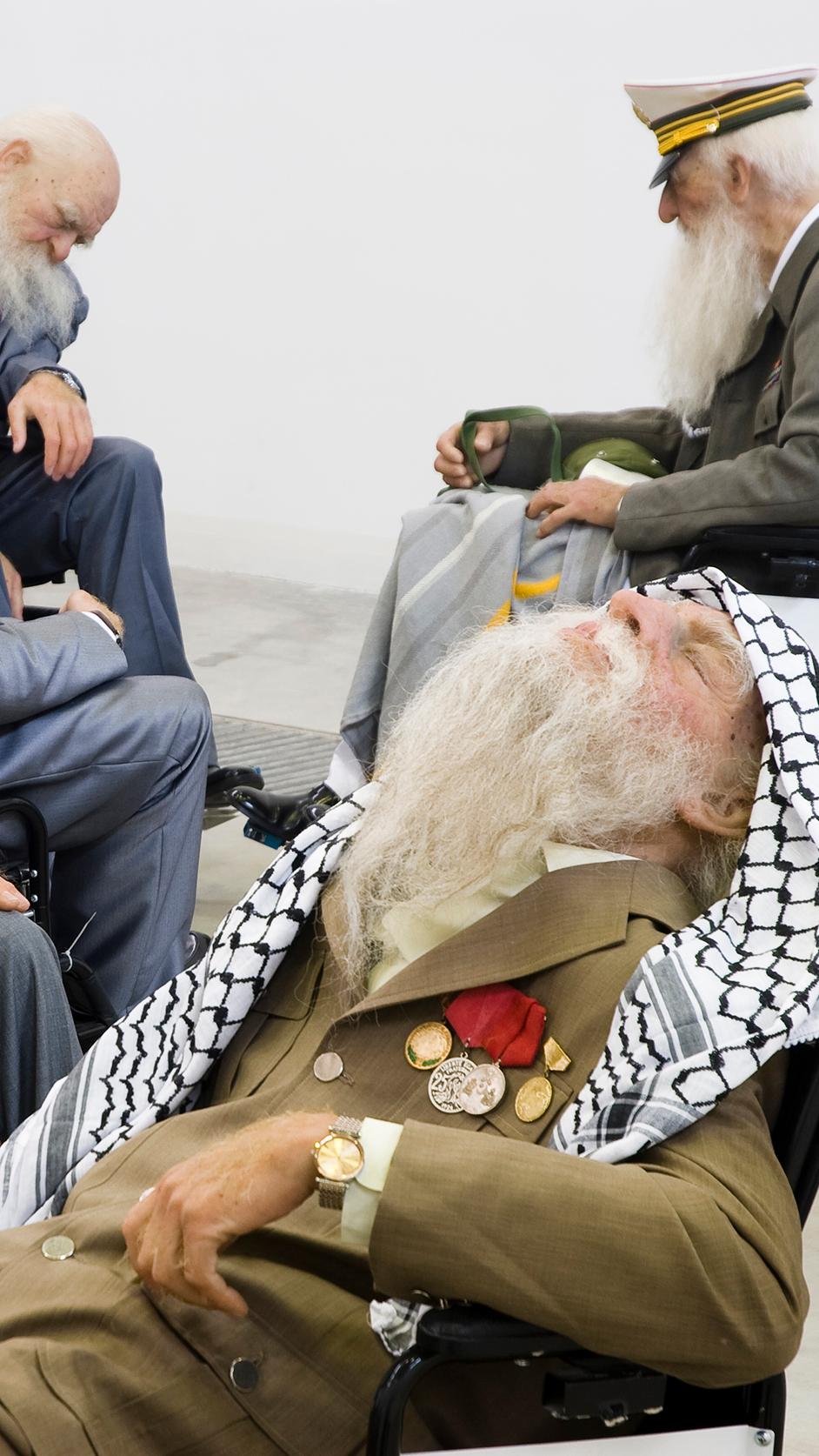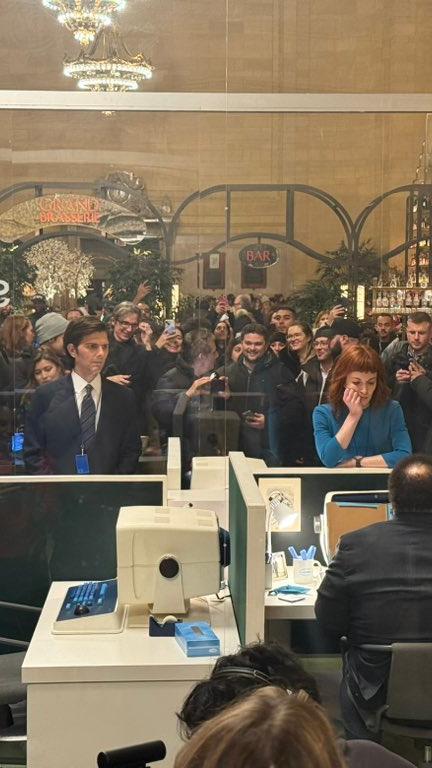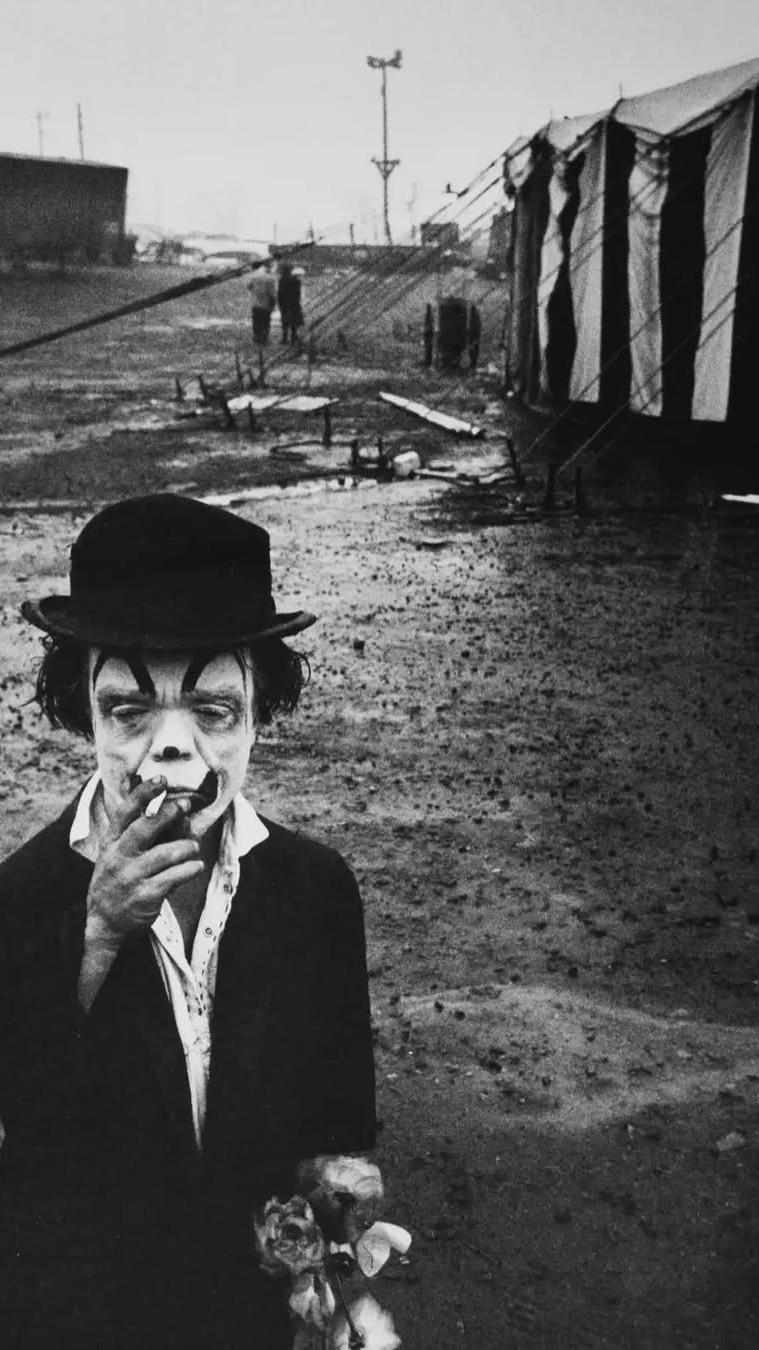Quick Thoughts on the Death of Trends
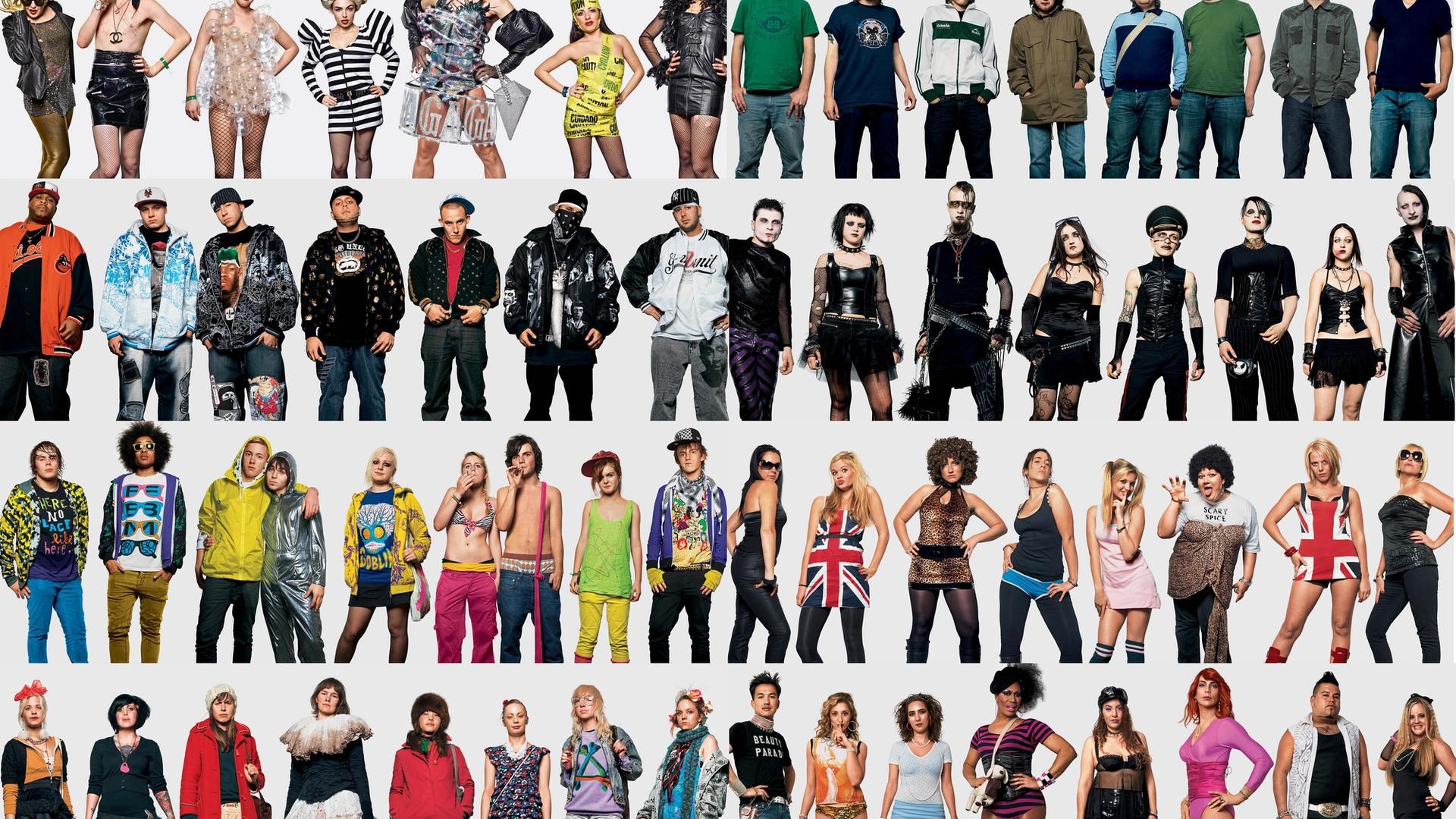
The Trend is dead, has been. Micro-trends were its breakdown product and now apparently those have broken down too. Brands selling consumer products, the agencies selling the brands their insights, and anyone with a stake in the idea of their coolness want to know: What’s next?
Trend was an adoption / exhaustion cycle built around mutual information chokepoints. Shared media created a common chronology for taste adoption and distribution that trailblazers, early adopters, and the lagging masses could all engage with.
Fragmented high velocity omniavailability culture has multiplied the number of cycles, knocked them out of sync, and hollowed out the taste they are supposed to develop and deliver. Subcultures got replaced by photos of subcultures. Avant gatekeepers do paid posts. Entire eras of culture are discovered, adored, and discarded in a week, less.
Linear and dominant Trend can’t persist in this environment. Micro-trends still can but they’re decreasingly stable, and this instability means they fail to deliver some of the central things we want out of taste: self-identity and a place in the social hierarchy. These desires are important.
In a context of post-coherence, the most meaningful thing our taste could offer us is a clear and coherent self and world. The question is: What forms of distribution will define a taste economy that prioritizes coherence?
There are plenty of candidates: Vibe, mood, meta-trends, taste ecosystems, the list continues. A lot of these are vague and theoretically immersive, or descriptions of the current coping mechanisms.
But our species has tried and true tools when it comes to the battle with meaninglessness: Narrative, character, and costume. Could these techniques of active meaning-making define post-trend taste?
Let’s play it out. Without a solid adoption / exhaustion cycle on which to anchor an intelligible self, the consumer needs a meta-persona, a foundation for their taste, with a story, a persona, and a look.
Gone is the vague commitment to being culturally informed. It’s impossible. Replacing it would be an overarching meta-story about society or consumerism or the cultural industries. Exhausted are eclectic and visually schizophrenic social media personas. In their place are highly legible and consistent characters. Hyper-referential and niche outfit curation peters out while cohesive and consistent costume ascends. Our search for coherence ends in highly Avatarized versions of self.
There’s precedent for this. Avatarization is an implicit outcome of many modern understandings of the self, understandings enhanced by the projection of self into static media. Persona adoption has been in musicians’ toolboxes forever. In corners of the internet the characters are already forming.
The ascendence of narrative and character (which in most people will falsely present as a greater attunement to self and taste) threatens to further subject aesthetic experience to consumption's social and mental implications. In the name of tasteful discernment we'll alienate ourselves from art. Anything transcendent will be useless. Only what can be filtered through the lens of a legible self will have any curatorial value.
Us making avatars of ourselves would also be a welcome development to the currently scrambling brands. Avatars are easily advertised to. Business has modeled humans this way since marketing began. In this way too it’s a natural place for us to end up. A system, after all, asserts its own model.
Just a thought.
AND ALSO, RELATEDLY
![[object Object]](https://cdn.sanity.io/images/7hyzopih/production/c8b5b976dec5cf87a47fc01d7e0efb88e2355e3b-640x427.jpg?auto=format&fit=max&q=75&w=320)
The VA Storehouse © Victoria and Albert Museum, London, 2025
The V&A’s massive physical archive makes one wonder about the importance of physical archives in the age of the digital one, and what role material availability might play in a culture burned out on the virtual version.
Written by Noah Jordan (@nnoahaonn)
